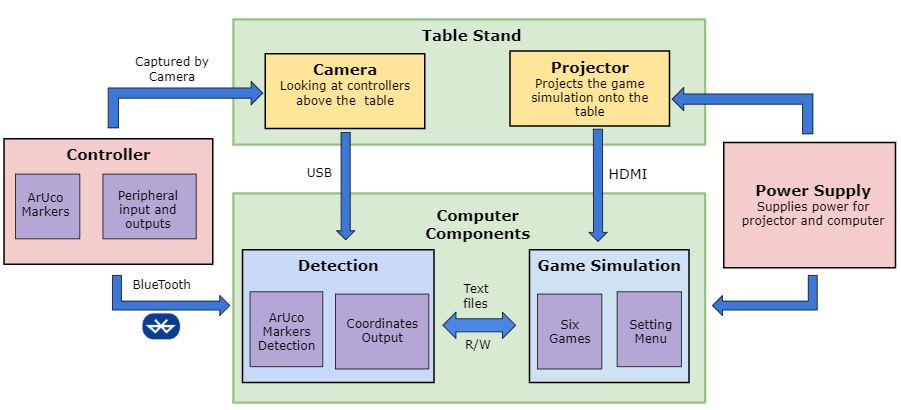For What

Save time, money, and space with Tablo that can be transformed to any kind of games on your table. You don't have to set and clean up the games. You don't have to worry about losing pieces, and storing all the games on the shelf. Whenever you turn Tablo on, games will be on the table.

System Specification

About
Our Members

Bowen Yu
An effective problem solver and software engineer.

Patrick Green
An effective problem solver and software engineer.

JooYoung Park
An effective problem solver and software engineer.

Pervesh Jaswal
Electrical engineer with strong mind and spirit.
Block Diagram


The control, or the main computing component of our system is the user’s computer/laptop. This is so that the gaming system is made a commodity that is convenient for anyone’s use. The laptop is used for all computations, the user’s laptop will take in information from the camera and process that data to track the motion of the user. The central control, the laptop, will store the numerous games users can play in a database, and will be able to send the simulation data to the projector onto the table. The central control will take in the motion tracking information and use this data such that the simulated objects within the game will react to the user’s interactions.
The camera will be hung over the user’s table, alongside with the projector This will allow for players to have an easy, intuitive playing experience on the table, however if the users wish, they can orient the camera and projector together to be able to play on a wall if need be. The camera shall track the user’s controller, as of now, we use a color sensing, RGB mechanism to track the color red. Thus far our controller is a red cloth that the users can use as a controller to interact with objects displayed form the projector. We choose color tracking because we believe this is the easiest mechanism for detection and will allow for minimal delay in sending data.
The sensor is the controller as discussed previously, the camera is programmed for color tracking, thus the sensor must be of a color that is not used by the user’s table or clothing. We continue to explore other mechanisms and means for picking up data from the sensor, as we have come across issues with the color tracking, such as issues with the lighting within the room obscuring colors. A more robust means of motion tracking is currently being taken under consideration. We will test a way for the camera to take in data from the image of the user’s hands themselves as the sensor rather than a colored object. This means seems more robust and convenient for the user, as the user may have a colored table cloth or clothes that are the same color as what the camera will want to sense.
Deliverables







